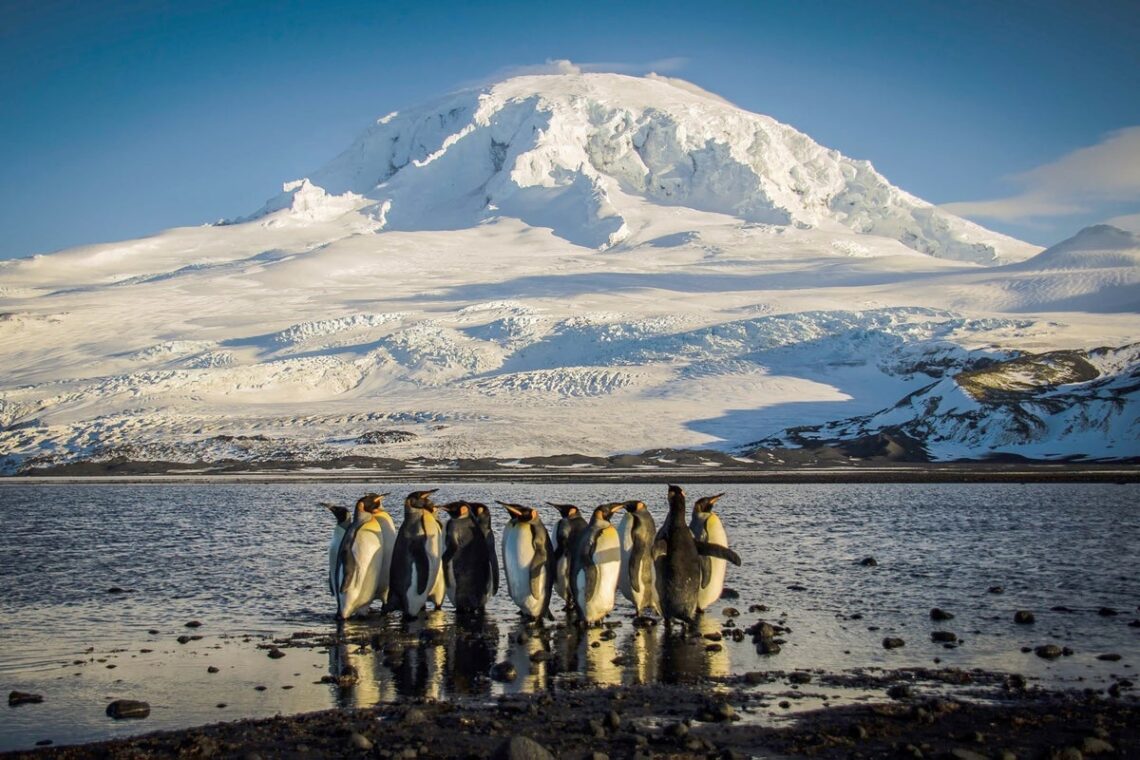The Heard and McDonald Islands Are a Pristine Biological Wonderland
Trump’s tariffs put a spotlight on the uninhabited Heard and McDonald Islands, which comprise a remote volcanic refuge for penguins and seals and a UNESCO World Heritage site
A handout photo taken on November 21, 2012 and released on October 8, 2024 by the Australian Antarctic Division shows a waddle of King penguins standing on the shores of Corinthian Bay in the Australian territory of Heard Island in the Southern Ocean. Australia’s government moved on October 8, 2024 to protect a swathe of ocean territory by expanding an Antarctic marine park that is home to penguins, seals, whales and the country’s only two active volcanos.
Matt Curnock/Australian Antartic Division/AFP via Getty Images
Among the barrage of tariffs announced by U.S. president Donald Trump on Wednesday were those imposed (bafflingly to many) on a collection of remote, pristine and storm-battered islands with no human inhabitants: their main denizens are penguins and seals. Heard Island and the McDonald Islands, which were named a UNESCO World Heritage site in 1997 and represent Earth’s only volcanically active sub-Antarctic islands, were slapped with a 10 percent tariff.
Where are Heard Island and the McDonald Islands?
These islands are located in the Indian Ocean, about halfway between Australia and South Africa and 1,700 kilometers north of Antarctica.
On supporting science journalism
If you’re enjoying this article, consider supporting our award-winning journalism by subscribing. By purchasing a subscription you are helping to ensure the future of impactful stories about the discoveries and ideas shaping our world today.
Heard Island was discovered by American sailor John Heard in 1853. William McDonald, also an American, discovered the McDonald Islands the following year.
The islands are a territory of Australia, transferred from U.K. control in 1947, and cover an area about twice the…
Read the full article here

